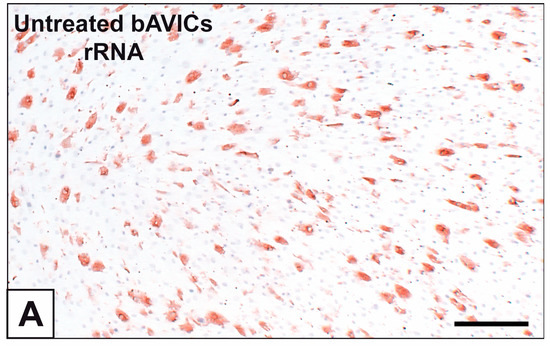
Iron levels: You may have high iron levels due to regular blood transfusions.If both you and your partner carry a faulty gene for thalassemia, your healthcare provider may screen your baby for thalassemia before birth. Genetics: Because thalassemia is an inherited disorder, meaning it is passed from parent to child through genes, your partner should be screened to see whether they carry any faulty genes related to thalassemia.You may want to meet with a genetic counselor, who can answer questions about the risk and explain the choices that are available.ĭepending on several factors, your healthcare provider may want to do one or more of the tests below. Thalassemia is an inherited condition, which means you can pass it on to your baby. Before pregnancyīefore you and your partner conceive a child, you should meet with your healthcare provider to discuss your plans. There are many things you can do to minimize risks and ensure that you and your baby are safe and healthy. It may also lead to a higher chance of health risks during pregnancy. Phenotype-genotype relationships in monogenic disease: lessons from the thalassaemias.Thalassemia may affect your ability to become pregnant, especially if you have a moderate or serious type of thalassemia. Hb H hydrops fetalis syndrome: a case report and review of literature. E., Lafferty, J., Patterson, M., Eng, B., Waye, J.

Lorey, F., Charoenkwan, P., Witkowska, H. Hydrops fetalis caused by alpha-thalassemia: an emerging health care problem.īaillieres Clin. The findings reviewed by Weatherall (2001) highlighted the problems that might be encountered in defining the relationship between the genome and the environment in multifactorial disorders, in which the degree of heritability may be relatively low and several environmental agents are involved.Īlpha-Thalassemia-Related Hydrops Fetalis Weatherall (2001) stated that phenotype-genotype relations will likely be equally complex in many monogenic diseases.

The remarkable phenotypic diversity of the beta-thalassemias reflects the heterogeneity of mutations at the HBB locus, the action of many secondary and tertiary modifiers, and a wide range of environmental factors. Weatherall (2001) reviewed phenotype-genotype relationships in monogenic diseases based on studies of the thalassemias. The molecular and clinical aspects of the severe alpha-thalassemia syndromes were reviewed by Higgs (1993) and Chui and Waye (1998). For a general phenotypic description of nonimmune hydrops fetalis, see 236750. This is known as Hb Bart hydrops fetalis syndrome, which is by far the most common cause of hydrops in Southeast Asia (summary by Lorey et al., 2001). These fetuses almost always succumb in utero during the second or third trimester of gestation, or die within hours after birth. Fetuses that have deletion of all 4 alpha-globin genes (homozygous alpha(0)-thalassemia) have 80 to 90% Hb Bart (gamma-4 tetramers). Hydrops fetalis related to alpha-thalassemia results from severe anemia (and thus hypoxia) and heart failure. Triplications and quadruplications of the alpha-globin gene have frequently been observed in many populations, and these can interact with beta-thalassemia variants to produce more severe phenotypes (summary by Piel and Weatherall, 2014). Milder variants of alpha-thalassemia act as genetic modifiers of other inherited conditions, as illustrated by epistatic interactions (when one gene influences another) between alpha-thalassemia and beta-thalassemia or between alpha-thalassemia and hemoglobin S (sickle hemoglobin). The clinically relevant forms of alpha-thalassemia usually involve alpha(0)-thalassemia, either coinherited with alpha(+)-thalassemia and resulting in HbH disease, or inherited from both parents and resulting in hemoglobin Bart hydrops fetalis. On the basis of the number of alpha-globin genes lost by deletion or totally or partially inactivated by point mutations, the alpha-thalassemias are classified into 2 main subgroups: alpha(+)-thalassemia (formerly alpha-thalassemia-2), in which one pair of the genes is deleted or inactivated by a point mutation, and alpha(0)-thalassemia (formerly alpha-thalassemia-1), in which both pairs of alpha-globin genes on the same chromosome are deleted. The severity of the disorder is usually well correlated with the number of nonfunctional copies of the alpha-globin genes. The alpha-thalassemia phenotype ranges from asymptomatic to lethal.


 0 kommentar(er)
0 kommentar(er)
